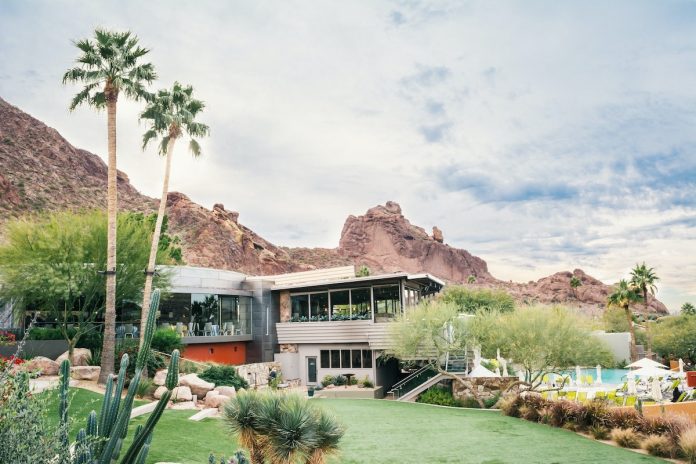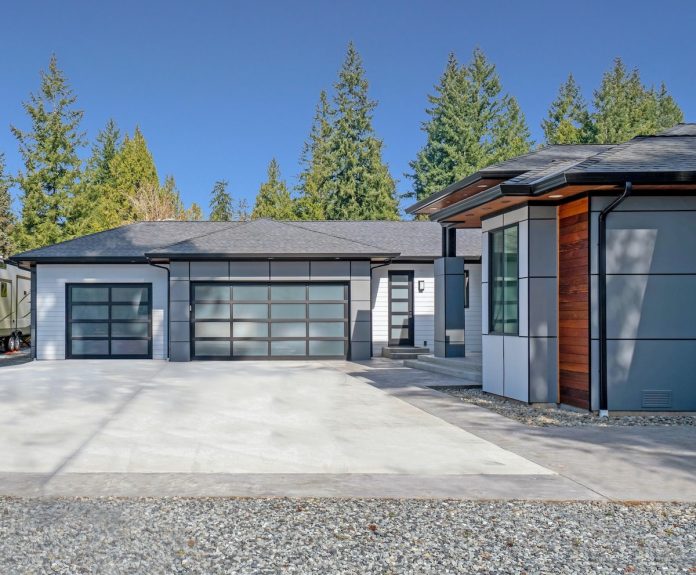Vital Considerations When Choosing the Perfect Home Design
Building a home can be an exciting milestone, but you should watch out for few vital considerations when choosing the perfect home design that suits your lifestyle can be daunting, especially when you have unclear preferences. However, the process gives you more control over several design elements. While you may want to include as many features as possible, it’s critical to consider various factors to ensure the design is within your budget.
1. Lifestyle and Living Needs
Lifestyle and family needs can differ based on life stages and plans for the house you want to build. For instance, features that young couples want in a home are different from what retired couples might find essential. It’s vital to consider the number of people in your household and whether you can expand the living space as your family and visitors grow.
Consider the rooms you spend a lot of your time in and determine if the plan allows you to include desirable amenities in the rooms. For instance, some people spend more time in the kitchen, while others prefer a spacious family room for bonding.
Privacy is essential for people working from home, so ensuring your home office embodies optimum security features and layout is critical. In addition, some people want more privacy in the master bedroom and entertainment areas. Regardless of your preferences, ensure the design can blend with your lifestyle.

2. Budget for Future Building Costs
While budget consideration isn’t fun when planning a home, it’s critical since it impacts all your decisions. Home building expenses can add up, and it’s essential to carefully review the items on your wishlist and determine what you need and don’t.
If you’re redesigning your current home, you’ll need demolition services to pave the way for the new house design. Regardless, prepare to spend money on inspections, design, permits, plumbing, electric systems, and finishes. Always account for unexpected expenses when it comes to choosing the perfect home design. Most projects rarely go according to the initial plan, and it’s best to be prepared.
In addition, consider the potential consequences of various architectural features. Everything may look great on paper, but you should assess each element’s practical and economic sides. For instance, consider your design plan’s potential maintenance and building costs and determine if your long-term budget can handle the costs.

3. Style Preferences and Design
The floor plan of your home should accommodate the existing furniture, appliances, and anything you plan to purchase in the future. Consider the living room, bedrooms, and kitchen and determine how furniture and décor will impact the style and design. Ideally, measure your furniture to see if you’ll have enough walking space or necessary clearance for doors. The furniture height should leave enough room for windows, art, and other personal effects.
Most importantly, choose a plan that can accommodate a lawn area and enough pool or kitchen garden space. If you love outdoor living, ensure the design can allow the construction of an outdoor deck.
Conclusion
Building a home can be exciting, but the planning process can be overwhelming since you must make serious decisions about the layout and must-have features. While you may need help to fit your vision into the existing plan, you can always customize any project to accommodate your priority features.





